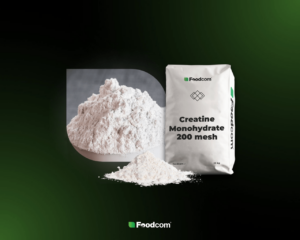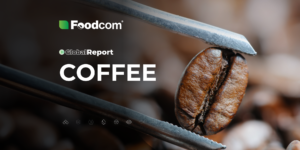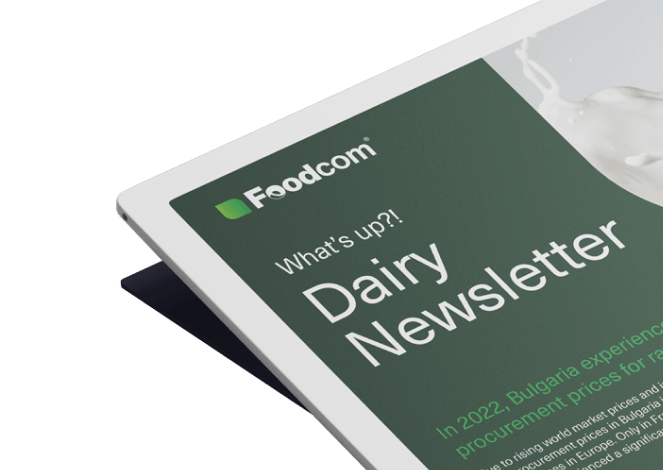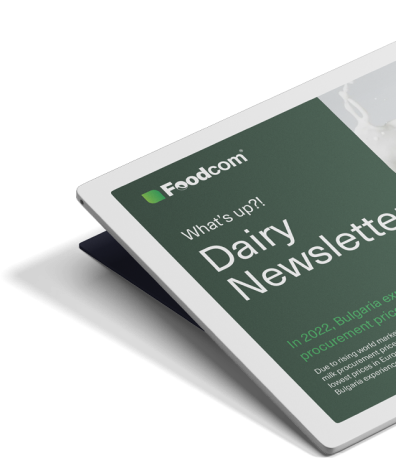- Creatine is rapidly moving beyond the sports segment and gaining popularity among women, seniors, and people who care about their metabolic health.
- Growing interest in innovative forms of creatine, such as micronized, HCl, and multi-ingredient products, is driving competition.
- Online sales and personalized DTC formulas are shaping new standards in the supplement market.
- Rising raw material costs, logistical problems, and tighter regulations pose serious challenges for manufacturers.
In recent years, creatine has consolidated its position as one of the most important supplements in the global health and nutrition market. Its popularity is growing not only among end consumers, but also among manufacturers, distributors and private labels, which see its potential to build a competitive advantage. The year 2025 is a time of dynamic change, new challenges and rising expectations for the industry.
Market dynamics
The creatine market in the first half of 2025 is not slowing down and clearly confirms that this popular supplement has moved beyond the sports segment for good. Consumers are increasingly turning to creatine not only to improve physical performance, but also as part of preventive health care, which has significantly broadened the consumer base.
The biggest change we are seeing this year is the dynamic interest in creatine among new consumer groups – particularly women, older people and consumers concerned with metabolic health and cognitive function. This trend is particularly evident in North America and Western Europe, where health awareness and the popularity of so-called ‘functional supplementation’ is growing.
At the same time, innovative forms of creatine are growing in importance, providing better bioavailability and convenience. Manufacturers are launching micronised creatine, buffered creatine, creatine hydrochloride (HCl) and multi-ingredient products combining creatine with vitamins, adaptogens or ingredients to support recovery.
The online sales channel has also had a significant impact on market development and has strengthened its position in recent months, giving consumers worldwide access to a wide portfolio of products and modern forms of supplementation.
At the same time, manufacturers and distributors are faced with rising raw material costs and logistical problems, mainly due to the instability of supply from Asia. Rising prices of components, such as sarcosine, are forcing companies to invest in new technologies and seek more efficient production solutions.
We have just launched Foodcom Creatine, our first product aimed at individual customers. We can perfectly see where the market is heading, which is why we are also expanding our offering on the FDCM.eu platform, supported by Foodcom.
Regional analysis of the creatine market (2024 – 1st half of 2025)
North America
North America is the leader of the global creatine market, accounting for approximately 39.4 % of global revenues in 2024 The US market reached USD 139.4 million in 2024 and is forecast to grow to USD 173.5 million in 2025, with an impressive CAGR of 25.1 % over the period 2025-2030 Online and direct-to-consumer channels are responsible for the dynamic growth: the e-commerce network in North America supports the rapid introduction of novelty and personalised products. Consumers are increasingly turning to creatine not only for sports purposes, but also to support cognitive function or metabolic health.
Europe
Europe is growing steadily at a CAGR of ~16% between 2025 and 2030, with demand for premium forms and certified organic products growing in the leading markets – Germany, UK and France. In the UK, the projected CAGR is 13.5 %, in Germany 13.9 %. Health trends and growing consumer awareness are encouraging the introduction of creatine to non-sporting groups, such as seniors and women looking to support bone and brain health.
Asia Pacific
The most dynamic region – the creatine market in APAC was valued at US$324.6 million in 2024, with projected growth to US$1.92 billion by 2030 at a CAGR of 27.5 per cent. China, India and Japan are seeing rapid growth in bodybuilding, strength training and supplements. India itself has gained momentum, with the market growing at a CAGR of 32.4 % from 2025 to 2030. E-commerce allows access to new forms of creatine, including in hard-to-reach areas.
Latin America
The LATAM market is growing at a CAGR of 17.7 % to 2030. Although the value of the market in 2023 was lower, the growing middle class and lifestyle are supporting the growth of the supplement segment. The largest markets are Brazil and Mexico – both have growing health awareness and the availability of products online has significantly increased consumption in smaller cities.
Middle East and Africa
The MEA region generated USD 37.9 million in revenue in 2023, with projections to grow at a CAGR of ~14% until 2030. New gyms and fitness centres are springing up in the UAE, Saudi Arabia and South Africa, and consumers are increasingly opting for premium supplements. Although e-commerce is in its early stages here, the share of global sales is growing.
Trends and forecasts for the creatine market (2025 and beyond)
The first months of 2025 have confirmed that the creatine market is transforming from a strictly sports product to a universal health support. It is not just for the gym, it is supplementation for wellbeing, cognitive function and metabolic health.
Creatine’s growing role beyond sport
Creatine is gaining popularity among groups that were previously outside the focus of manufacturers. In Q1 2025, creatine sales among women increased by as much as 320% compared to the same period in 2024, as evidenced by CNA data and industry media. Increasingly, creatine is also being recommended to seniors – supporting bone health and cognitive function, among other things.
Innovations and new forms
In 2025, there continues to be growing interest in creatine in forms with higher bioavailability: micronised, buffered, HCl, but also in tablets, capsules or ‘multi-blend’ formulas combining ingredients such as adaptogens, vitamins, electrolytes and collagen.
E-commerce and personalisation
The online channel is the dominant means of purchase. As early as 2024, creatine sales via e-commerce accounted for 37.3 % of the global market, and the share will continue to grow, especially in regions such as South Asia and Latin America. Increasingly, customers expect personalised formulas and DTC (direct-to-consumer) subscriptions – a trend that will intensify.
Cost and regulatory challenges
Rising raw material prices (e.g. sarcosin), transport inflation and global logistics issues are increasing pressure on manufacturers’ margins. Added to this are stricter requirements for quality, transparency and certification (e.g. clean-label). Europe and the US are seeing stricter regulation of supplements – which may favour companies with proven standards.
Market size forecast
The global creatine market will exceed USD 2.7-3.0 billion by the end of 2025 and is expected to reach as much as USD 4.21 billion by 2030 at an average CAGR of 25%. The Asia-Pacific region stands out as having the fastest growth rate; accelerating sales among women, seniors and healthy lifestyle enthusiasts is a key market driver.
“The global creatine market has clearly entered a stage where standard approaches are no longer sufficient. Companies must focus on quality and innovation if they want to remain competitive and realise the potential of this segment. The use of creatine outside of sport, new consumer groups and the rapid growth of emerging markets create huge opportunities, but require manufacturers and distributors to act quickly and adapt their strategies. How the industry copes with rising expectations and logistical challenges will determine its global balance of power in the years to come.” – Artur Rutkowski, Senior International Commodity Trader at Foodcom S.A.
Global Foodcom S.A. reports.
Curious about what’s next for creatine? Discover the latest trends and insights that will shape the final months of 2025. Visit our blog as we regularly update our global reports. Stay up to date with Foodcom S.A.

![Creatine Market Overview 2026 [Global Report] Creatine Market Overview 2026 [Global Report]](https://foodcom.pl/wp-content/uploads/2025/06/Przeglad-rynku-kreatyny-w-2025-Global-Report-1520x760.png)


![Przegląd rynku masła kakaowego w 2025 [Global Report] Przegląd rynku masła kakaowego w 2025 [Global Report]](https://foodcom.pl/wp-content/uploads/2025/02/przeglad-rynku-masla-kakaowego-w-2025-300x150.png)

![Przegląd rynku kreatyny w 2025 [Global Report] Przegląd rynku kreatyny w 2025 [Global Report]](https://foodcom.pl/wp-content/uploads/2025/06/Przeglad-rynku-kreatyny-w-2025-Global-Report-300x150.png)


